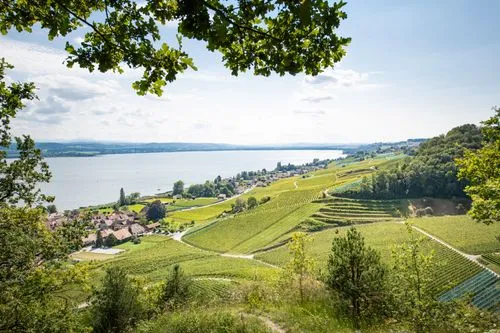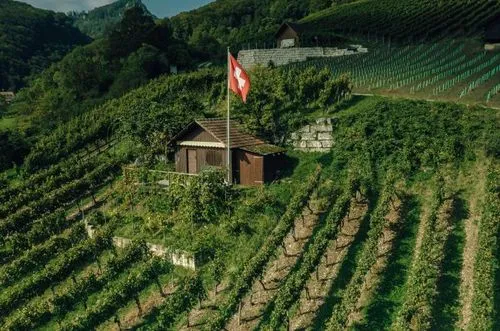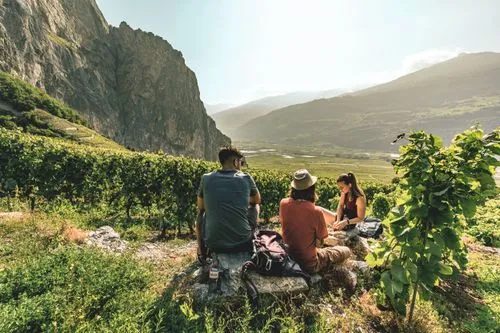Chardonnay

Grape variety White
About the grape variety
A natural cross between Pinot and Gouais Blanc, Chardonnay was probably born in Saône-et-Loire (F) where it was mentioned at the end of the 17th century. Its relationship makes it a brother of Gamay, Aligoté, Melon and other lesser-known grape varieties, and helps make it clearer why it was long confused with Aligoté and Pinot Blanc. Its name comes from the Chardonnay village near Mâcon (Burgundy).
It is one of the most widespread grape varieties in the world, although it is early and susceptible to disease. It should be reserved for calcareous soils that are well exposed, but not too dry.
In Switzerland, it is the third most cultivated grape variety. In German-speaking Switzerland and Ticino, wineries prefer to give it complexity with long aging in oak barrels. In French-speaking regions, it tends to be reserved for the production of sparkling wines, most often produced using the traditional method.
Features
Associated names: Clävner
Chardonnay offers lively wines with variable aromas depending on the terroir and the vinification, ranging from exotic fruits (lime, pineapple) and citrus fruits to toast and melted butter.
Distribution of grape varieties
Chardonnay is grown in several wine regions
28%
21%
17%
12%
11%
10%
To visit our site, you must be of legal drinking age in your country of residence.




